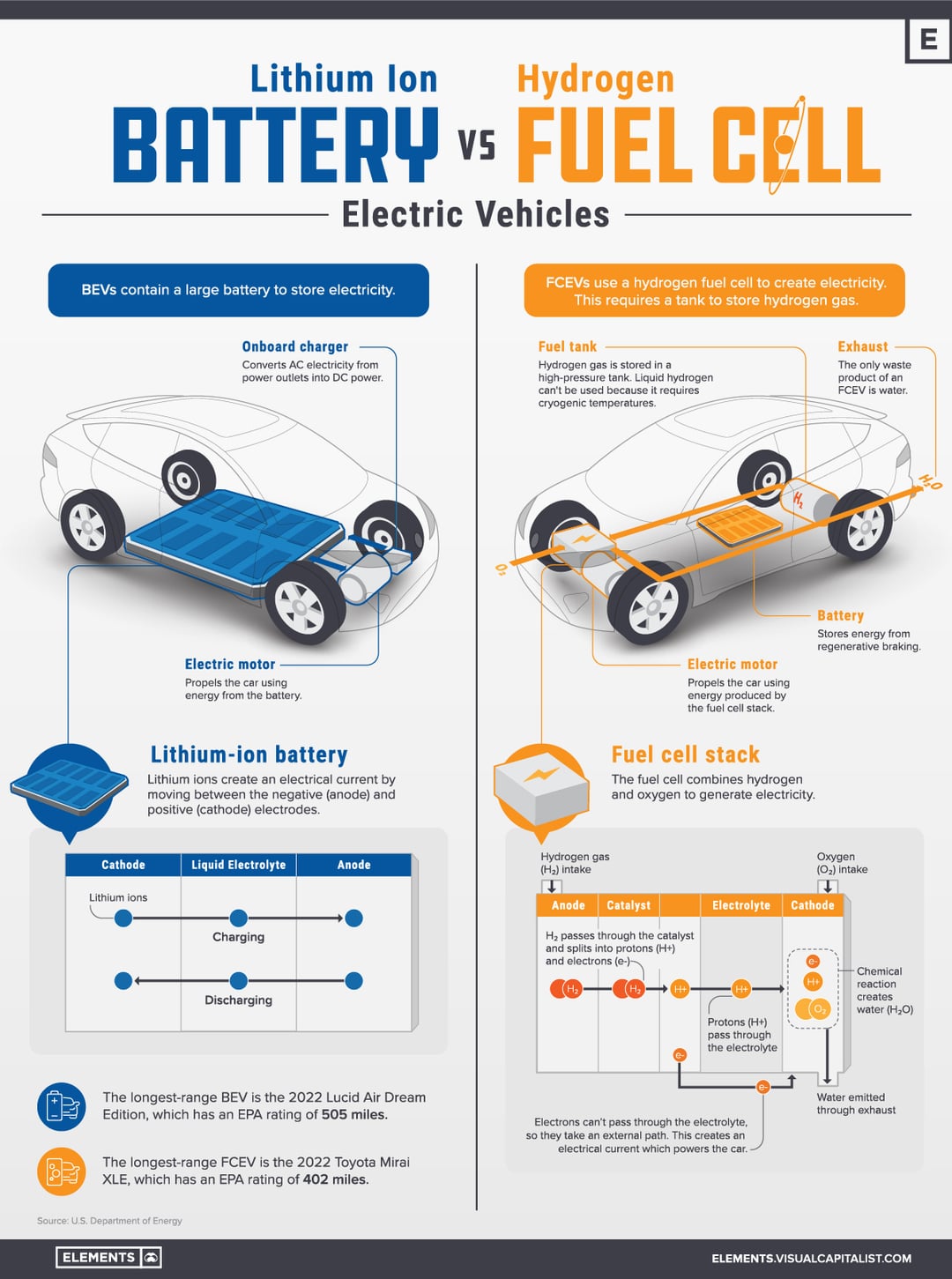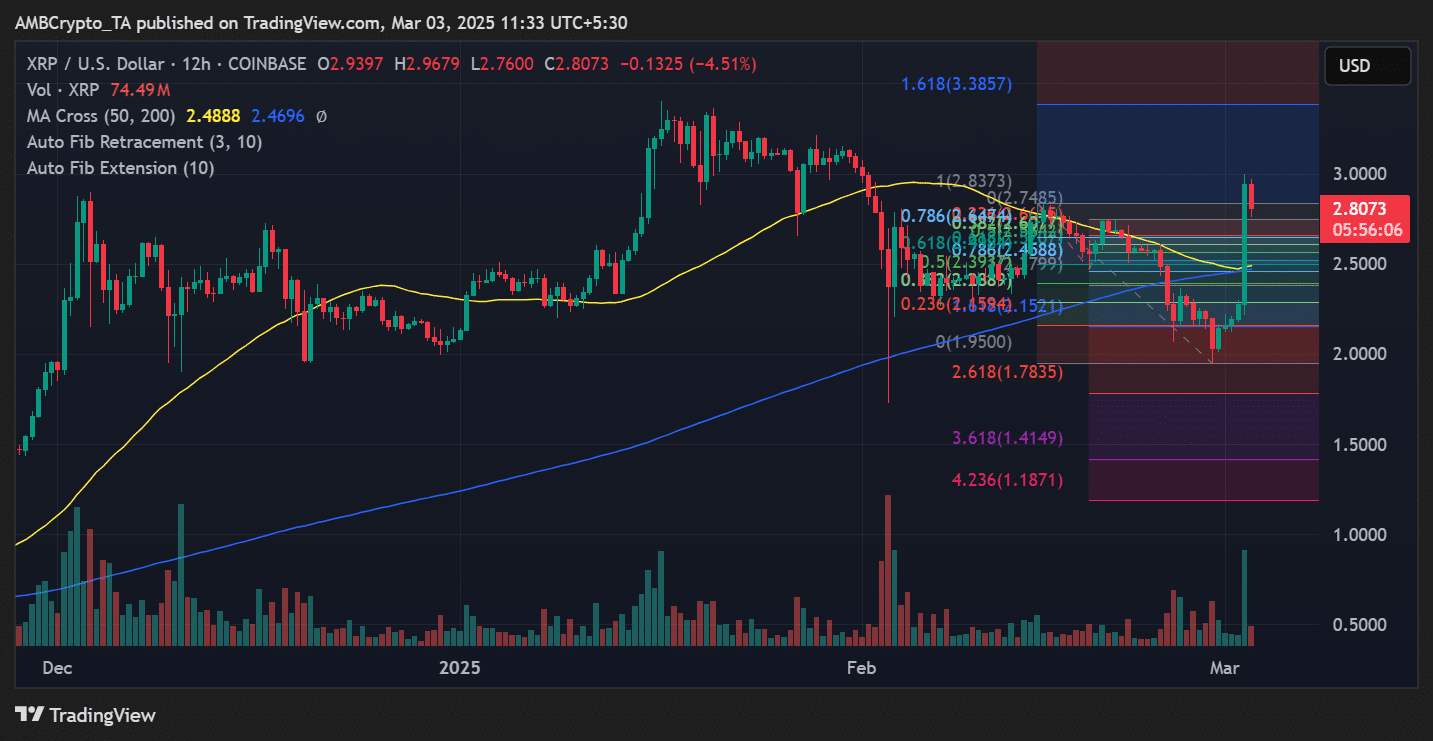Hydrogen Vs. Battery Buses: A European Transit Reality Check

Table of Contents
Environmental Impact: A Comparative Analysis
The environmental impact of hydrogen and battery-electric buses hinges on several factors, from production to operation. A comprehensive lifecycle assessment is crucial for a fair comparison.
Greenhouse Gas Emissions
- Hydrogen Production: The environmental footprint of hydrogen varies drastically depending on its production method. "Grey" hydrogen, produced from natural gas, retains a significant carbon footprint. "Green" hydrogen, generated via electrolysis powered by renewable energy sources like solar or wind, offers a truly zero-emission alternative. The energy efficiency of the electrolysis process also impacts overall emissions.
- Battery Production: The manufacturing of batteries for electric buses requires significant energy, often derived from fossil fuels. This contributes to the overall carbon footprint, although this impact is amortized over the longer lifespan of the battery. Recycling programs are crucial to mitigate the environmental impact at end-of-life.
- Operational Emissions: Both hydrogen and battery-electric buses offer zero tailpipe emissions, a major advantage in urban environments. However, the electricity used to charge electric buses might be generated from fossil fuels, impacting the overall carbon footprint. The choice of electricity source significantly influences the overall emissions profile. Renewable energy sources are crucial for maximizing the environmental benefits of both technologies.
Air Quality
Both hydrogen and battery-electric buses significantly improve air quality compared to diesel buses.
- Zero Tailpipe Emissions: Both technologies eliminate harmful particulate matter (PM) and nitrogen oxides (NOx) emissions directly from the bus itself, leading to improved respiratory health in urban areas.
- Hydrogen Production and Distribution: The production and distribution of hydrogen may release minor pollutants, especially if grey hydrogen is employed. The leakage of hydrogen itself, while not directly harmful, can indirectly contribute to climate change.
- Electricity Generation: The air quality benefits of electric buses are directly tied to the cleanliness of the electricity sources used for charging. Renewable energy sources are essential for maximizing the positive impact on air quality.
Infrastructure Requirements & Costs
The establishment of adequate infrastructure is a critical factor in determining the viability of both hydrogen and battery-electric buses.
Hydrogen Refueling Infrastructure
The deployment of a hydrogen refueling network faces significant challenges:
- High Costs: Building hydrogen refueling stations is considerably more expensive than constructing charging stations for electric buses. The specialized equipment and safety measures required increase the overall cost.
- Geographical Limitations: The logistics of transporting and storing hydrogen present difficulties, potentially limiting the deployment of hydrogen buses to specific geographic locations with access to existing infrastructure or centralized production.
- Repurposing Existing Infrastructure: There is potential for repurposing existing natural gas infrastructure for hydrogen distribution, although modifications are necessary.
Charging Infrastructure for Electric Buses
Expanding charging infrastructure for electric buses presents its own set of challenges and costs:
- Energy Requirements: Charging a fleet of electric buses requires substantial electricity capacity, putting a strain on the existing power grid. This may necessitate upgrades to grid infrastructure.
- Depot vs. Opportunity Charging: The choice between depot charging (overnight charging at the bus depot) and opportunity charging (rapid charging during the day) significantly influences the infrastructure requirements and costs.
- Charging Technologies: Different charging technologies, from slow to fast charging, are available, each with its own cost and time implications. The selection of the optimal charging technology depends on the specific operational requirements.
Operational Performance & Range
Real-world performance and operational characteristics play a critical role in the choice between the two technologies.
Range and Refueling/Charging Time
- Range: The range of battery-electric buses is currently more limited than that of hydrogen buses, particularly in challenging weather conditions. Battery performance can be significantly reduced in extreme cold or heat.
- Refueling/Charging Time: Hydrogen refueling is significantly faster than battery charging, offering a considerable advantage in terms of operational efficiency. This is particularly relevant for high-frequency routes with limited downtime.
- Route Planning: The limited range of battery-electric buses necessitates careful route planning, potentially requiring more frequent charging stops.
Payload Capacity & Passenger Comfort
- Weight: The weight of batteries and fuel cells impacts the overall payload capacity and passenger comfort. Heavier batteries in electric buses can reduce passenger capacity.
- Space: The size and placement of fuel cells and batteries within the bus design can influence passenger comfort and space. Careful design is crucial to minimize impact on passenger experience.
Economic Viability and Policy Support
The economic viability of both technologies is heavily influenced by Total Cost of Ownership (TCO) and government support.
Total Cost of Ownership (TCO)
- Capital Expenditure: The initial investment in hydrogen buses and refueling infrastructure is generally higher than for battery-electric buses and charging stations.
- Operational Costs: Operational costs, including fuel (hydrogen vs. electricity) and maintenance, vary between the two technologies. The cost of hydrogen is currently higher than electricity.
- Government Incentives: Government subsidies and incentives play a critical role in influencing the economic competitiveness of both technologies.
European Union Policies & Funding
The European Union is actively promoting the transition to sustainable public transport through various policies and funding programs:
- EU Initiatives: Several EU initiatives aim to support the development and deployment of both hydrogen and battery-electric technologies in public transport.
- Funding Opportunities: Significant funding opportunities exist for projects related to the development and deployment of sustainable bus technologies.
Conclusion
This reality check reveals that both hydrogen and battery-electric buses offer viable pathways to decarbonizing European public transport, but each presents unique challenges and advantages. The optimal choice depends heavily on factors like existing infrastructure, geographical location, and specific operational requirements. While battery-electric buses currently hold an edge in terms of established infrastructure and lower upfront costs, hydrogen technology holds significant promise for longer routes and heavier-duty applications. Further research and investment are crucial in optimizing both technologies and ensuring a sustainable future for European transit. For a comprehensive understanding of the future of sustainable public transport, continue exploring the possibilities of hydrogen vs. battery buses in your region.

Featured Posts
-
 Karate Kid 6 And Beyond Exploring Ralph Macchios Future Film Projects
May 07, 2025
Karate Kid 6 And Beyond Exploring Ralph Macchios Future Film Projects
May 07, 2025 -
 Notre Dame Alumnae Wnba Stars Return For Preseason Game
May 07, 2025
Notre Dame Alumnae Wnba Stars Return For Preseason Game
May 07, 2025 -
 Packers Acquire Josh Jacobs Examining A Trade Proposal With The Steelers
May 07, 2025
Packers Acquire Josh Jacobs Examining A Trade Proposal With The Steelers
May 07, 2025 -
 Mnenieto Na Ed Shiyrn Za Riana
May 07, 2025
Mnenieto Na Ed Shiyrn Za Riana
May 07, 2025 -
 Olympic Champion Laura Kenny Gives Birth
May 07, 2025
Olympic Champion Laura Kenny Gives Birth
May 07, 2025
Latest Posts
-
 Cro Skyrockets Trump Medias Crypto Etf Partnership With Crypto Com
May 08, 2025
Cro Skyrockets Trump Medias Crypto Etf Partnership With Crypto Com
May 08, 2025 -
 Crypto Com And Trump Media Team Up For New Etf Boosting Cro
May 08, 2025
Crypto Com And Trump Media Team Up For New Etf Boosting Cro
May 08, 2025 -
 Anlik Bitcoin Fiyati Son Dakika Degerleri Ve Piyasa Hareketleri
May 08, 2025
Anlik Bitcoin Fiyati Son Dakika Degerleri Ve Piyasa Hareketleri
May 08, 2025 -
 Ethereum Price To Hit 4 000 Cross X Indicators And Institutional Buying Suggest So
May 08, 2025
Ethereum Price To Hit 4 000 Cross X Indicators And Institutional Buying Suggest So
May 08, 2025 -
 Bitcoin In Buguenkue Durumu Fiyat Hacim Ve Gelecek Tahminleri
May 08, 2025
Bitcoin In Buguenkue Durumu Fiyat Hacim Ve Gelecek Tahminleri
May 08, 2025
